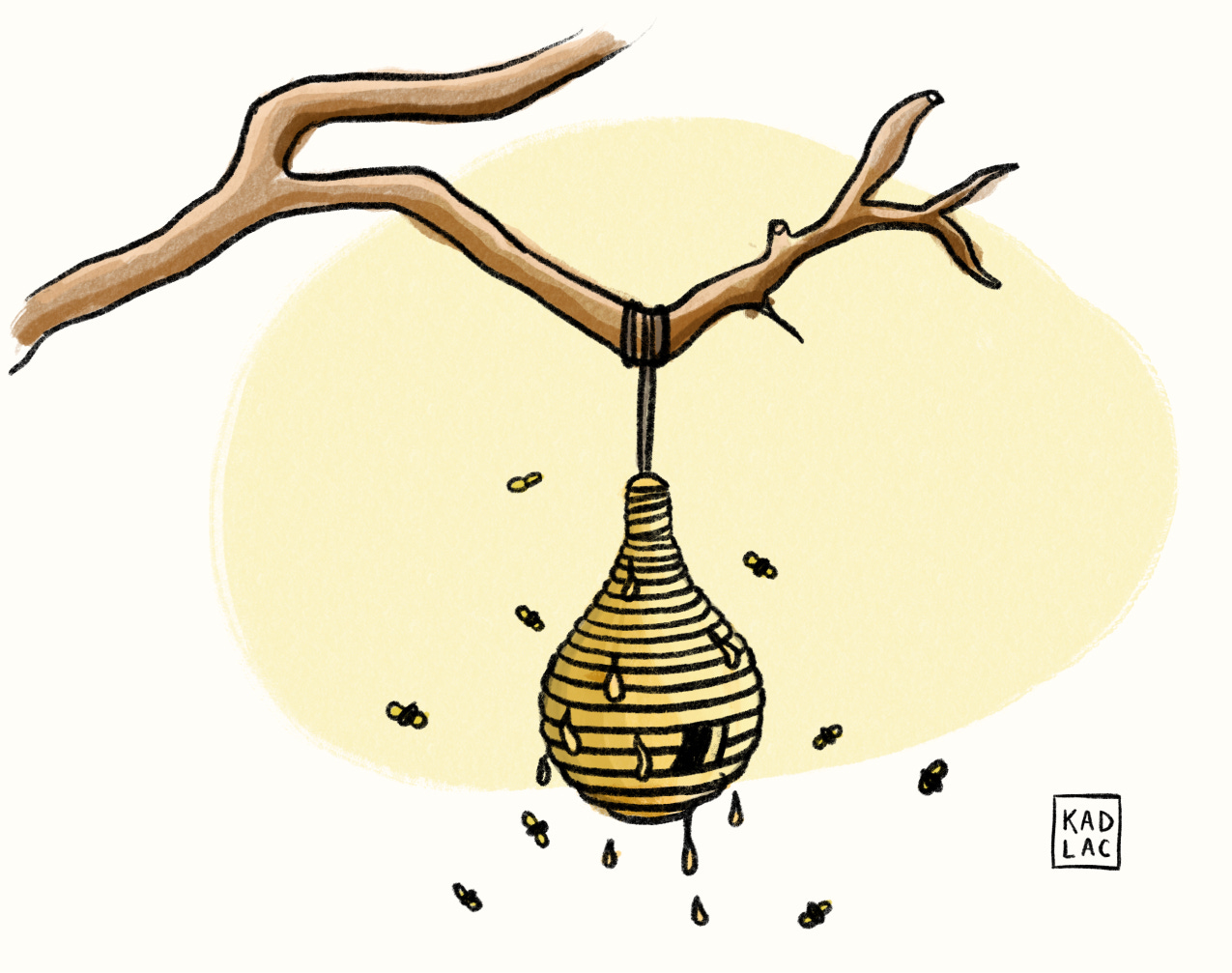What makes ideas stick?
Plan Your Next #127
👋 Yoooo good morning from Los Angeles! I'm Nate Kadlac, and this is #127 of Plan Your Next. A Sunday newsletter that connects design, creativity, and how you prepare for your next thing.
💡 What’s new?
✍️ A new Procreate article is up! There are so many grueling articles on what to draw in Procreate. Most point you to some unimaginative flowers or landscapes and link to the final piece and say, “Just draw this!” So instead, I used my own examples based on where I draw inspiration from. Yanking inspiration from your own stories, pop culture, and what you read is much more interesting. I also point out how to use the damn thing, so it’s loaded.
📕 New book notes on Building a StoryBrand and The Courage to Be Disliked are also live. These are WIP as I continue to build out the summaries.
What makes ideas stick?
On Friday I was talking to a friend about improving SEO.
I know; SNOOZEFEST.
To kick off the conversation, I made the analogy that if being ranked on the front page about an article they just wrote is like summiting Mount Everest, we were currently at REI choosing between brands of hiking boots.
It was a simple conversation, a simple analogy, with nothing too profound being shared.
But, I had just finished reading the book, Made to Stick, and I wanted to make this conversation a bit more sticky. Immediately, they recognized and called out how easy this was to understand.
In the book by Chip and Dan Heath, they discuss why some ideas are stickier than others:
Why did the slogan, ”Don’t mess with Texas”—created as an anti-littering campaign—work so quickly?
Why do we falsely remember stories about razor blades being stuck in Halloween candy when it was proven false?
Ad how did Southwest manage to own the recognizable messaging, “The lowfare airline?”
"A designer knows he has achieved perfection not when there is nothing left to add, but when there is nothing left to take away.”
Six principles to creating sticky ideas
They break down the components of creating sticky ideas into six principles, using the acronym SUCCES(s). According to the authors, it’s not the greatest acronym but it’s better than shifting a few letters around and coming up with UCCESS. 🙄
Simple
Find the essence of the idea, and determine the most important thing. Most people can’t hold more than seven chunks of information at a time, so stick to one main point with two supporting arguments.
Unexpected
Get attention by doing the unexpected. Create curiosity by highlighting a knowledge gap. The Clinton administration demonstrated this concept well by applying a name to the problem, and the focus of their platform in 1992. They used the slogan “It’s the economy stupid.”
Concrete
Use sensory language and get people to understand and remember. Tell people what they are going to remember. Say something like, “If you take only one thing away from this talk, remember this.” This is why a simple outline at a beginning of a presentation is key.
Credible
“Internal and external credentials drive the point home better than you ever can. Either use a trustworthy source, or better yet the audience themselves to validate your ideas.”
Help people believe by using outside experts or anti-authorities. Allow your audience to verify the point themselves by asking questions.
Emotional
People care about people and not numbers. Our emotional memory lasts longer than our factual memory. The easiest way to get people to care is to form an association between something they don’t yet care about and something they do care about.
Stories
It sounds cliche, but storytelling is the cornerstone of creating sticky memories. For example, start with a story at the beginning of your pitch and create a character your audience cares about.
“How do we get people to act on our ideas? We tell stories. … Research shows that mentally rehearsing a situation helps up perform better when we encounter that situation in the physical environment.”
Creating sticky ideas means creating a compelling message. Listen to the things that stick in your mind, and deconstruct how they use some of the six principles you see above.
⚡️ Three creative hits for you to check out next
⌚️ The Timeless excellence of Rolex
Admittedly I don’t know much about Rolex, but I was fascinated by this entire episode. The episode had guest Ben Clymer, who runs Hodinkee. A few fun facts about Rolex:
They are owned by the Hans Wilsdorf Foundation—a family trust
They are extremely secretive about their process, and who’s on their board
Even if you wanted to spend $100k on a Rolex right now, you wouldn’t be able to.
🎢 Design and Development methodologies in visual form
Some of these bring back nightmares but damn if a scrum doesn’t look fun now.
😂😂😂
👋 See you next Sunday
My calendar is always open to chat about your next adventure, crazy idea, or if you’re feeling creatively stuck.
My goal is to level up the visual vocabulary in the world through my writing, teaching, and design. If you want to support my journey, the best ways are to:
Learn the 80/20 of design and make better design decisions (and learn to use Figma!)
Build transformative slide decks
Discover your visual style and build a personalized design kit by joining my live workshop waitlist
Become a sponsor of this newsletter (Starting at $50—Please reach out)
Have a great week,
p.s. Words are just words, but if these words made you feel something, would you let me know by tapping on the heart below?







Loving the articles, keep it up, Nate! ⚡️